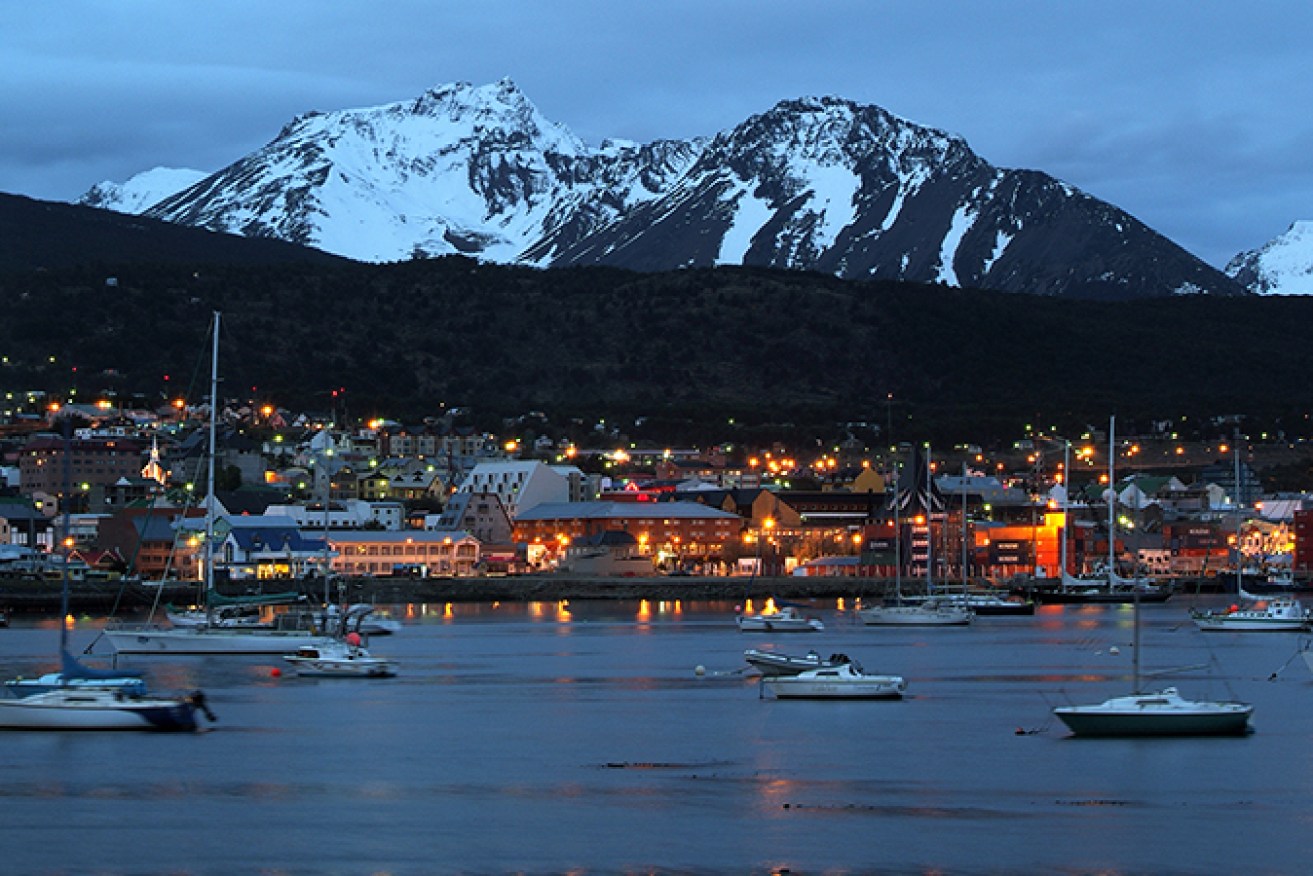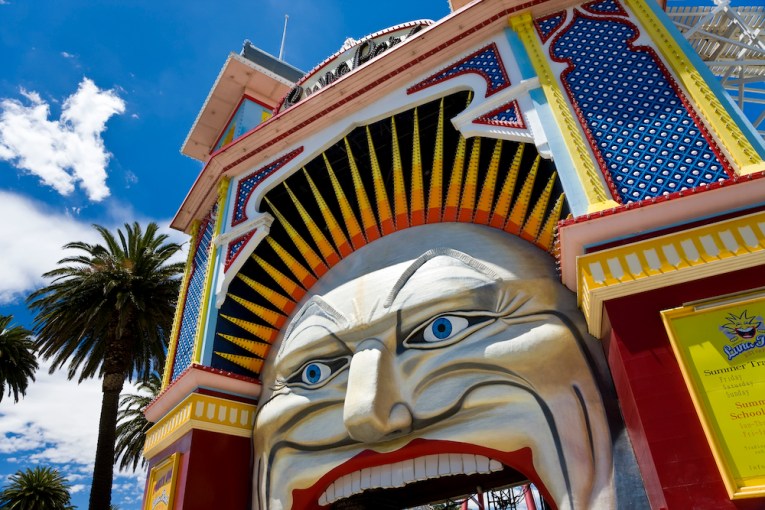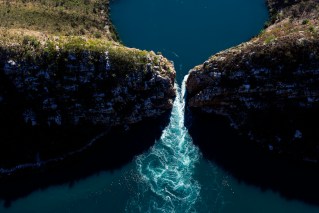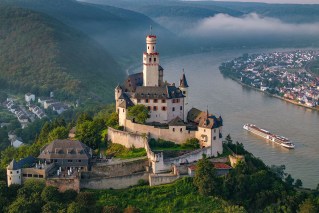Discover the secret side of South America

Snowy Ushuaia.
Australians are walking in the footsteps of Spanish explorers and discovering the delights of South America.
“Even five years ago, Aussies mostly wanted to go to Rio de Janeiro and Buenos Aires,” says Mike Kuhl, principal of Inca Tours, a specialist company sending Australian tourists to tho continent. “That meant they’d ‘done South America’.
“Now far more people want to explore. They still want to experience these major cities but also want lesser known destinations.”
Mainland South America has 12 countries and one colonial territory, French Guiana. All independent nations are Spanish-speaking except Brazil where Portuguese is spoken.
Here’s the “big five” of places not to miss on once-in-a-lifetime trips to the continent least-visited by Australians.
Argentina
Big, brassy Buenos Aires has to be your itinerary – and, yes, there’s tango wherever you look (even from street-corner buskers) but particularly in San Telmo and La Boca districts.
But fly south to snowy Ushuaia, with its glacier backdrop, for an altogether different Argentina. Most Antarctic cruises depart from Ushuaia, a tourist town anchored by Avenida San Martin, the main drag (with numerous shops, restaurants and hotels). Travel agencies along San Martin often display signs offering deep discounts on Antarctic cruises – an option for anyone who can be flexible with dates.

Snowy Ushuaia.
Ushuaia activities include rides on the End of the World Train (where tourists replace convict-era prisoners), half-day cruises to islets with seal and bird colonies in the icy Beagle Channel, picnics in cold-climate forest and winter skiing.

The End of the World Train.
Brazil
Rio de Janeiro – with its giant Christ the Redeemer statue, carnival and famed beach culture – and bustling Sao Paulo with its chic steel-and-glass skyscrapers remain deservedly on most itineraries.
But the Iguazu Falls are increasingly a must for Australian visitors to Brazil or Argentina. The falls, on the Iguazu River, can be accessed from both countries, as well as Paraguay.

The Iguazu Falls are a must.
A growing niche: river cruises deep into the mighty Amazon’s jungles. Several vessels have expert lecturers aboard. Encounters with riverboat communities and walks along rainforest trails are highlights of some cruises.
Chile
Santiago, capital of the long finger of land closest to Australia, is often dismissed as one of South America’s least memorable cities. This is a mistake – which becomes apparent on wanderings through fascinating neighbourhoods such as the Paris-Londres district with its Spanish-style heritage buildings, hotels, restaurants and bars.
Santiago is conveniently close to ski fields and to the port city of Valparaiso where brightly-hued houses cling to hillsides. Equally accessible are vineyards, part of an expanding wine industry, with tours and cellar-door sales.

Brightly-hued houses in Valparaiso.
The super-scenic southern Patagonia region – with glaciers, lakes, waterfalls, forests and fiords – competes for tourists with Argentina’s similarly resort-studded region of the same name.
However, Chile’s greatest gem is in its north – the Atacama Desert, a moonscape scientists describe as the driest place on earth with less moisture than Africa’s Sahara or Arabia’s dunes. No insects survive in pockets of land where rain hasn’t fallen for more than 100 years.
No insects survive in pockets of land where rain hasn’t fallen for more than 100 years.
The Atacama Desert is peppered with oases. Most picturesque is San Pedro de Atacama, resembling a “spaghetti western” set but with resorts ranging from ultra-opulent to bare-bones basic. Treks head from the desert into snow-capped mountains – and, for the less fit, horseback tours or walks traverse cactus-strewn gorges, visiting an aquifer-fed lake where flamingos feed.

San Pedro de Atacama.
Ecuador
The smallest Andean nation is best known for its Galapagos Islands with their unique wildlife including giant tortoises and ocean-swimming iguanas. The islands have two modern airports with jets from the mainland.
An inadvisable omission: skipping Ecuador’s capital, Quito, where the “old city” is a World Heritage site radiating from two cobbled squares, Plaza San Francisco and Plaza de la Independencia. Experts call this the world’s best-preserved Spanish-colonial capital.

La Campania in Ecuador’s capital, Quito.
Most spectacular among El Centro Historico’s 40 churches, 16 convents and monasteries, 17 plazas and 12 museums is La Campania, arguably the world’s most exquisite church. It took 160 years (from 1605) to build and is wallpapered in seven tonnes of gold leaf.
La Campania is arguably the world’s most exquisite church.
Peru
Hardly any tourist visits Peru without going to Machu Pichu, often dubbed the Lost City of the Incas. This splendid sprawl of ancient ruins is reached by train (including a luxury option) or challenging hikes.

The Lost City of the Incas, Machu Pichu
Australians are becoming thicker on the ground in the Peruvian city of Cusco (also spelt Cuzco) where ornate Spanish-colonial architecture is as much an attraction as Inca ruins on the outskirts.

The Peruvian city of Cusco.
Lima, Peru’s capital, is commonly skipped but shouldn’t be. Regarded as South America’s “foodie capital”, it’s a city of grand churches and Spanish-colonial buildings -and teems with restaurants showcasing Peruvian cuisine. One famous dish to try is pollo a la brasa – Peru’s unique and aromatic take on grilled chicken.








